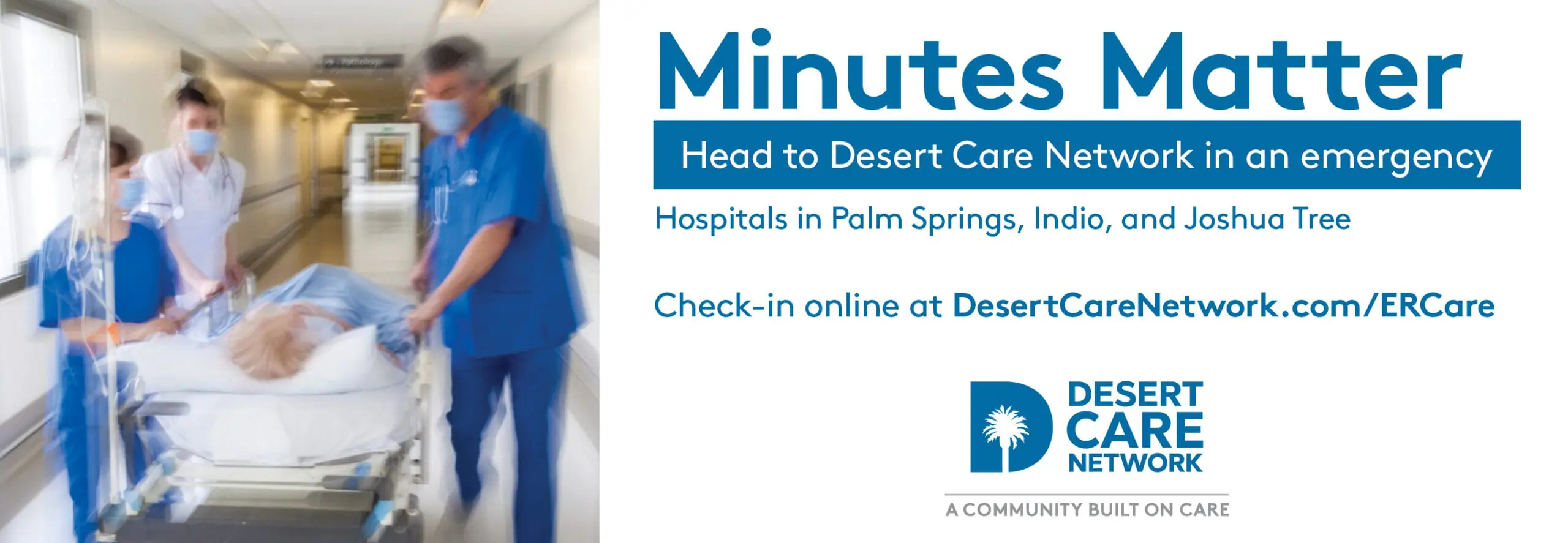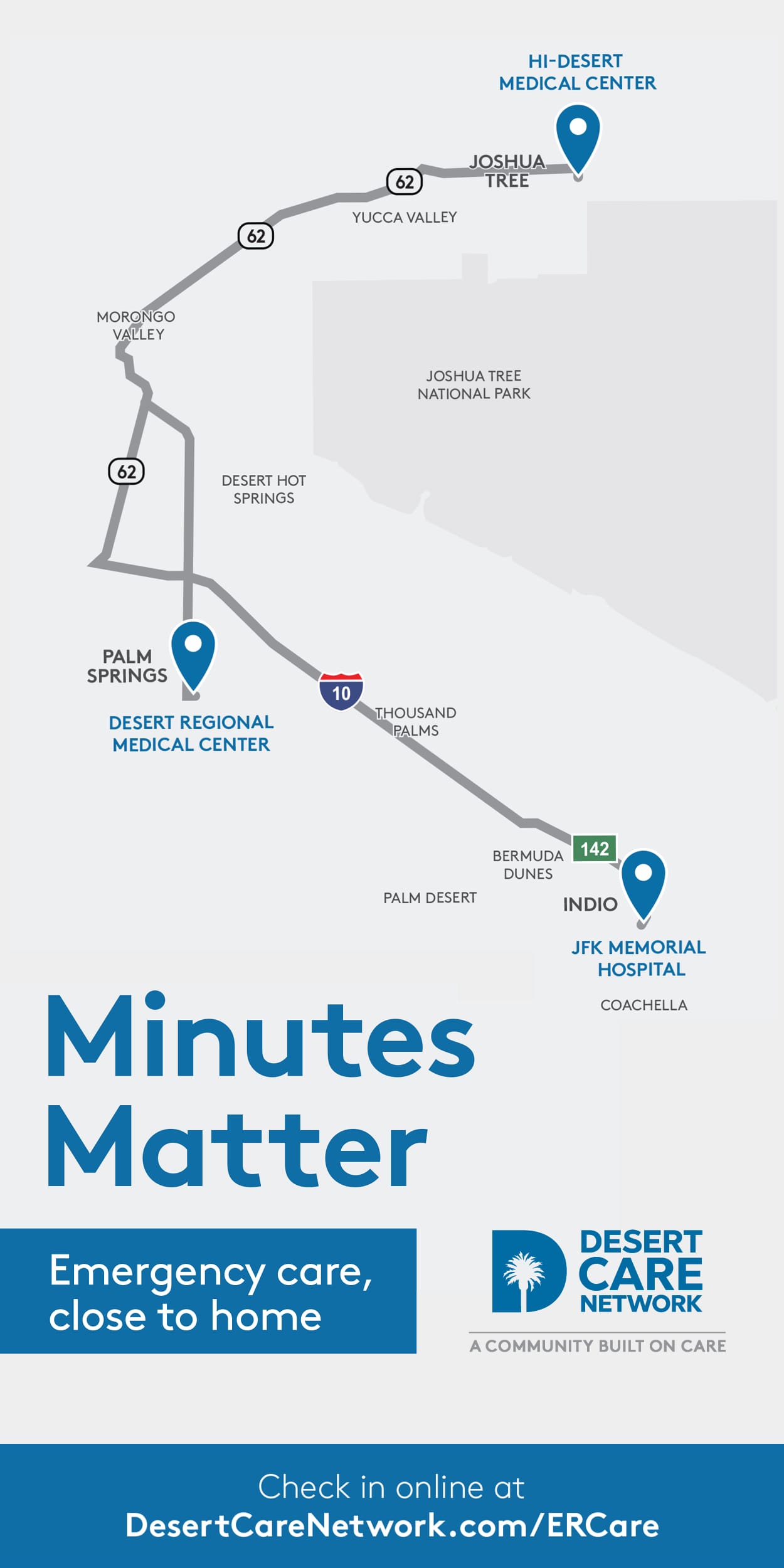It’s hard to believe, but the open enrollment period for health insurance is almost here. For seniors, that means October 15 through December 7 is the time to review your Medicare Advantage plan and your Part D prescription drug plan. But, for those under 65, open enrollment will be November 15 – February 15. This is your chance to enroll in a new individual health plan if you don’t have health coverage through your work, or didn’t enroll in one last year.
Even with all the mistakes and missteps last year, the open enrollment for Covered CA and individual plans was actually pretty successful with over a million Californians getting new health plans. But when all the dust settled, we found a new health care environment that looked very foreign to most of us. Narrow provider networks meant much fewer doctors from which to choose; there was confusion about what doctors take which plans; and referrals to specialists or facilities had to be planned with your insurer to best use your coverage. Unfortunately, many of us had to change doctors.
Some enrollees were “forced” into Medi-Cal which was overwhelmed by the number of new enrollees. Systems and staff at social services and their insurance plans, Molina and IEHP, had little hope of keeping up with the applications. Even now, months later, the backlog is not completely cleared.
This is the beginning of a monumental change in health care and health insurance, and as with any change of this magnitude, there are bound to be issues. Unfortunately, we shouldn’t expect this new environment to improve anytime soon. It really began five years ago, as insurers looked to reign in skyrocketing health care costs by trimming down to what they termed “high-performance networks.” Plans that used to include 80% of physicians in a given service area now have as few as 20%. Coordinating benefits, ensuring your hospital, doctor, surgeon, anesthesiologist, surgical center, recovery, etc., are ALL in network has become a very frustrating task for the newly insured.
In this upcoming open enrollment, premiums are projected to increase an average of 6% for PPO’s but will actually drop for the Kaiser HMO. Since Kaiser only has employees for providers, they don’t deal with the cost and headache of assembling a provider network. My assumption is this also creates a cost savings for them.
We expect provider networks to slightly improve as pressure by regulators will motivate insurers to at least get 30% of physicians in any given area to join their networks. New rules will require your health plan to provide “reasonable access” and “network adequacy.” With new players like Walmart walk-in clinics and physician groups exploring their own HMO alternatives, the current landscape is looking a lot more like the new reality for years to come.
Randy Alan Foulds is a certified, independent health and life insurance agent with Foulds & Feldmann Insurance Agency in La Quinta. Certified health insurance agents are here to help you navigate the many changes in health care, and services are always free. Randy can be reached at (760) 777.9400.











































Comments (0)